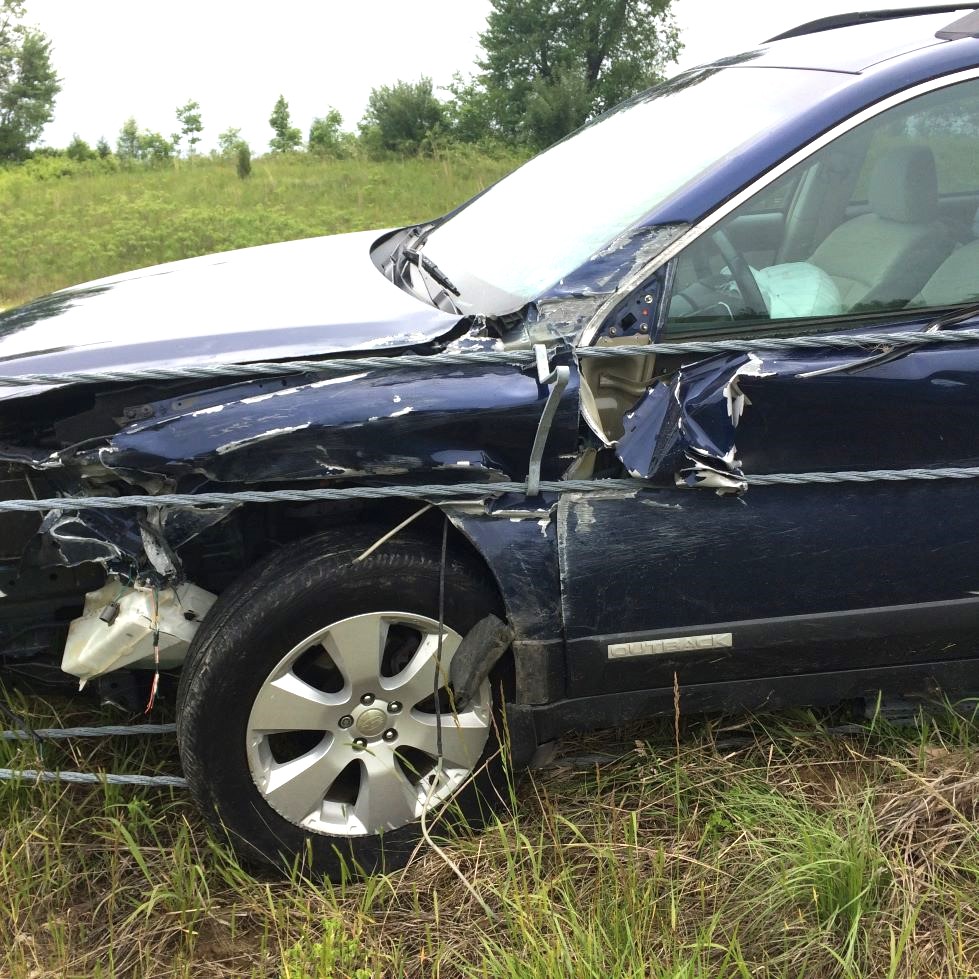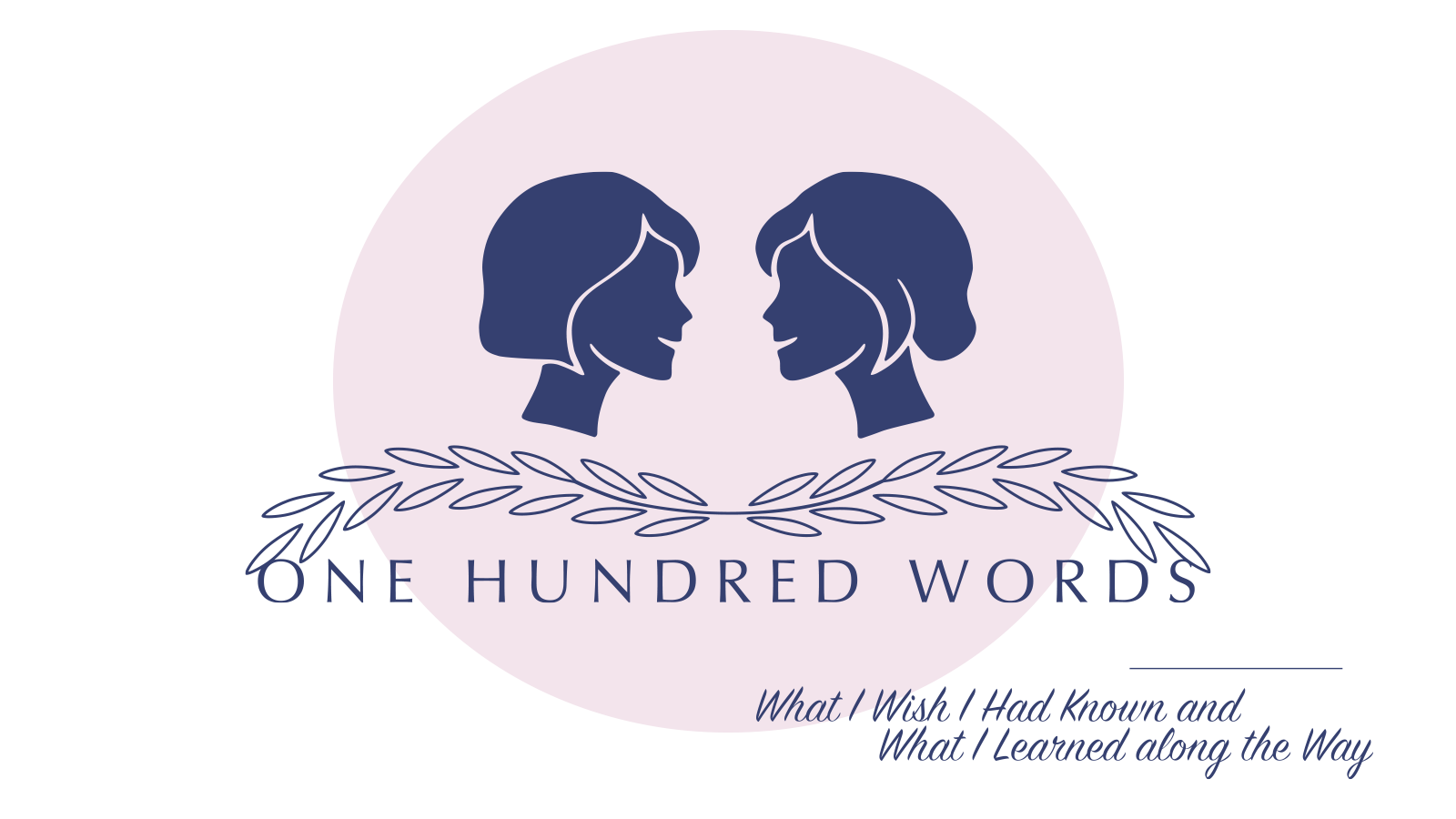Seven years ago this month, my youngest was involved in a wreck that totaled his car and left him unscathed.

“We have family in every city,” I told my son who was hundreds of miles from both our home and his. “This family is called church.” I suggested he use his smartphone and find a local church. I was over an hour from home with a flip phone.
I texted another son and raced home to the internet. My husband was in Italy, and I needed to notify him.
My church suggestion caused my stranded son to send a group text to church brothers who rescued him the next day.
Why the next day? His older brother said so.
While I was driving home, he was taking charge. The quality of counsel he gave amazed my husband and me—more detailed and informed than ours would have been.
“He was Papa Bear taking care of his cub,” I said later. The cub agreed. “I told my friends he was calling the shots.”
During a time of trauma and uncertainly, my heart rejoiced in my sons’ relationship and the wisdom they showed in giving and receiving advice.







